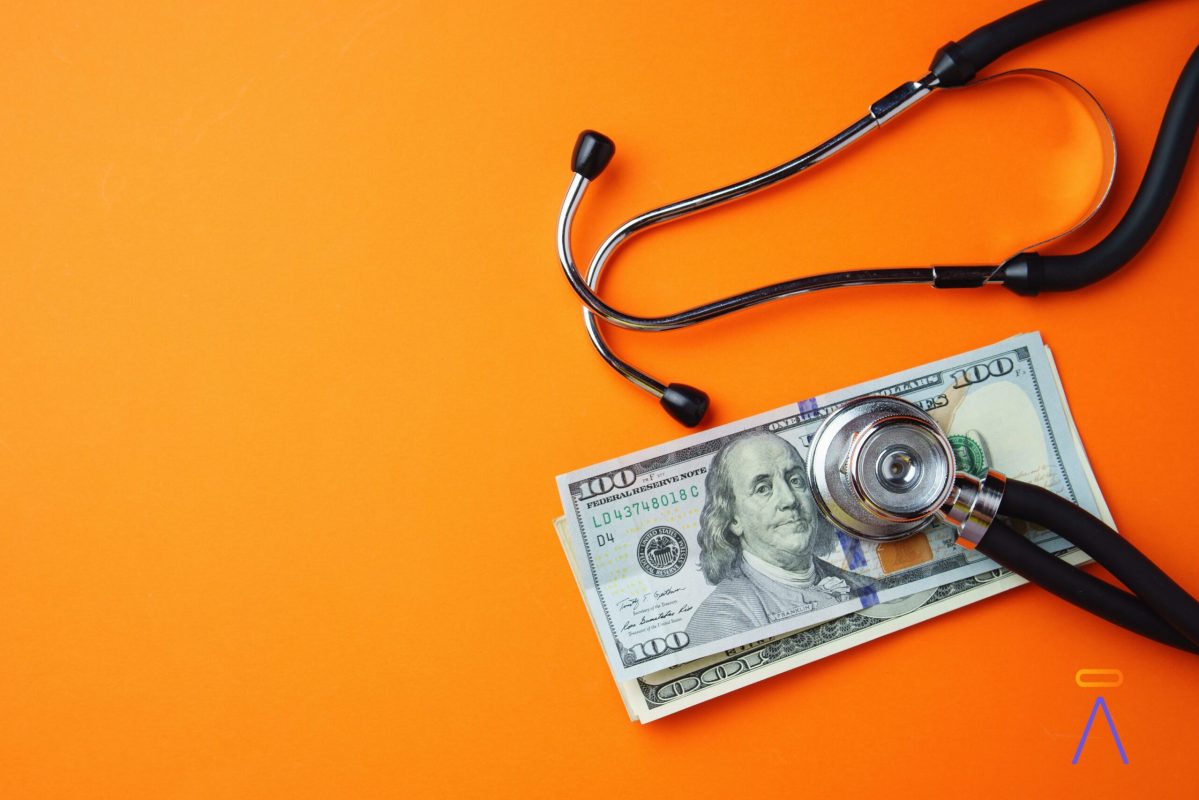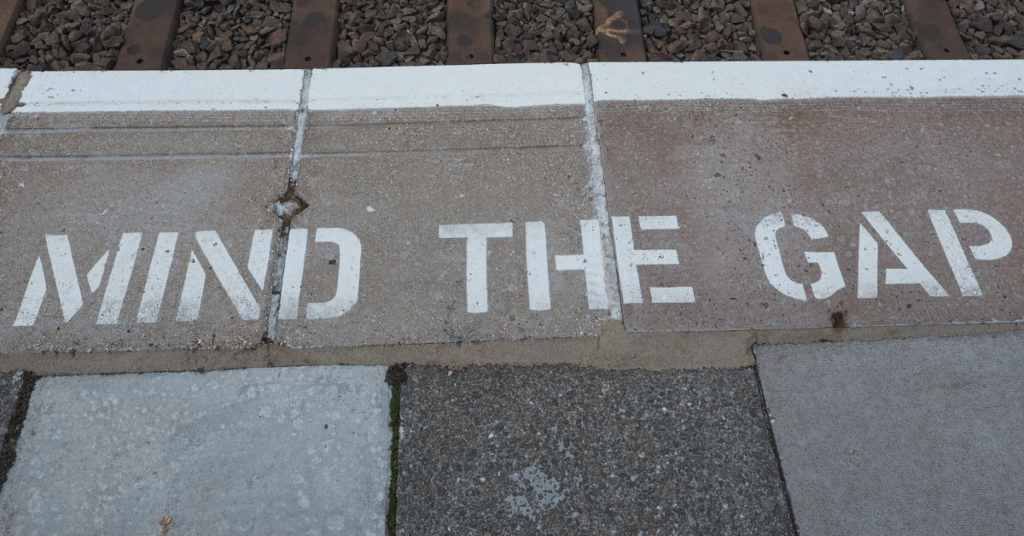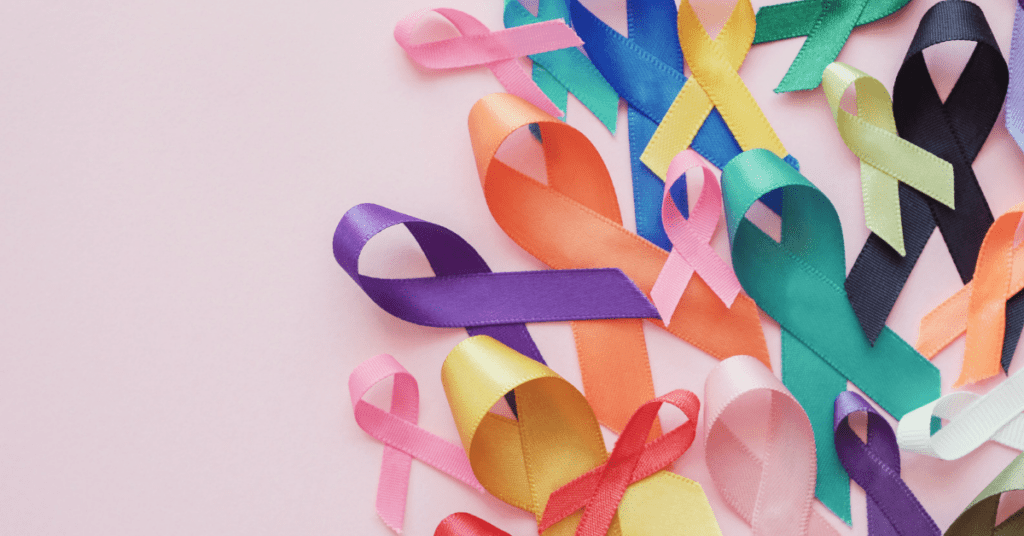Every day approximately 294 people will be diagnosed with some form of cancer in South Africa. Of these, 157 of them will pass away from this terrible illness.
Losing six people an hour to cancer is a shocking statistic, but the emotional, financial, and mental toll is the heaviest burden. Not only are families losing loved ones, but they are left with crippling debt from trying to manage the best cancer care possible right up to the bitter end.
Cancer treatment costs are astonishingly high in South Africa, more so than in many emerging economies. And while the SA Constitution guarantees everyone the right to healthcare, most of the lifesaving medicines available are priced way beyond the reach of the average person.
Surely there needs to be some sort of intervention to allow the average South African the means to manage the high cost of oncology treatments.
Cancer Treatment Costs
A cancer diagnosis is a truly frightening ordeal. Our minds race with options of how to best manage our situation, how our family will cope, and how we’re going to pay for treatment.
The heart-breaking story of 52-year-old Hennie Botha from Pinetown was made public in 2019. He was diagnosed with Stage 4 carcinoid cancer and underwent liver surgery to have two growths removed.
While most of his costs were covered by his medical aid, he still battles to pay the balance which runs into thousands of Rands per month. On top of this burden, his wife had to resign from her job to care for him.
His medication was working well, but challenges remain. Hennie says, “The results from this medication are very positive and, in my opinion, a miracle. I need to continue this treatment which costs R89,000 every eight weeks. It’s a case of pay it or die.”
Oncology Treatment for Breast Cancer
One of the most common cancers here in South Africa is breast cancer. To get an idea of costs we would have to include procedures such as mammograms, ultrasound, MRI or CT scans, biopsy, genetic testing, and of course, treatment.
Conservatively speaking, you could be looking at costs of around R30,000 before starting treatment. The cost of an in-hospital lumpectomy hovers around the R30,000 mark, depending on the hospital you choose. A full mastectomy with reconstruction comes in at between R150,000 – R250,000.
Thereafter, radiation or chemotherapy costs vary from between a few thousand to over R10,000.
News24 adds to these numbers saying, “As well as the cost of the treatment itself, there are many societal and personal costs associated with chemotherapy. These might include taking time off work, paying for hospital transport or parking, paying for over-the-counter medications or dietary supplements, the cost of wigs, headscarves, and new bras, and the cost of informal care.”
We have to ask, are these costs justifiable? Are we missing something?
As a layperson, we will never know the full cycle of medical development and the processes needed to produce safe and effective drugs.
Innovation and Technology
Many attribute the exponential rise in cancer treatment costs to medical innovations and technology. Certainly, these have added to the pool of treatments available – at a cost. Let’s take a couple of examples.
Before a cancer drug gets to the market it needs to undergo a host of clinical research and complex administrative procedures. This can be a black hole of time and money, but it is necessary to follow procedure.
The biological cancer treatment Yervoy has been used to good effect in the treatment of advanced melanoma. The increase in survival rate is promising and well-received. The cost of this product, however, hovers around R960,000 for four treatments.
Robotic surgery offers further benefits to the skilled hands of surgeons, allowing for extraordinarily complex and accurate procedures. However, with a price tag of R21 million per surgical system and with just 27 accredited surgeons in South Africa, the cost and availability of this innovation remain for just a few.
The Financial Impact of Cancer
The tragic long-term effects of the skyrocketing cost of cancer treatment are highlighted in an article published by The Oncology Pharmacist.
“Medical costs contribute to about half of all bankruptcy cases, and among these, three-quarters of the families had insurance at the onset of illness.
“Scholars have described an “illness-poverty” trap in which illness causes poverty and poverty causes illness in a cycle that cannot easily be broken for generations. Lost education may have a particularly important role in a multigenerational illness-poverty trap.
“Children in disease-affected families are less likely to remain in school. Cancer may tip households into poverty that is multigenerational, predisposing succeeding generations to poor child development, poor education, and increased illness burden.”
The treatment alone can bankrupt a person and place an enormous financial strain on family and friends who want to help.
Long-Term Effects
However, the financial repercussions have long fingers and can include:
- Job loss due to extended sickness
- An inability to find employment due to disability or depression
- Refusal of further cover from health insurances
- Loss of income from a spouse who acts as a caregiver
- Family breakdown due to undue stress
It’s a sad fact that monthly household expenses increase during and after cancer treatment. We can be so focused on our health and the cost of our medication that we are blindsided by new commitments.
For example, diet and exercise are a critical part of recovery but these come at a cost. You may require exercise equipment, a personal trainer or physical therapist to help your recovery, yet most of this is not covered in medical aid schemes. Specific dietary requirements and supplements for your changing nutritional needs, likewise, can eat away at your monthly income. Again, these additional costs are often simply not factored into your financial plan.
Long-term illness also brings along the need for help in the form of childminders, domestic assistance, and transport to and from doctors’ appointments. As a parent we are so used to jumping in the car to do the school run that we forget how much time and effort it takes to care for our little people.
These hidden costs quickly erode even the best laid monthly budget. And of course, if you’ve lost your job or your income is reduced due to extended illness then this problem is exacerbated.
The Real Cost of Cancer
We’ve discussed the financial burden of cancer treatment, but we are all acutely aware that money concerns aren’t the only costs.
Emotional Trauma
From the moment of diagnosis, cancer patients will experience a gamut of emotions and their mental and emotional state will be under severe pressure.
Cancer Quest tells us, “Strong feelings ranging from self-blame, need to blame others, overwhelming stress, and guilt may be frightening but are common.”
Anxiety
Anxiety is a natural response to a life-or-death situation. It can manifest as an irregular heartbeat, shaking, fear, insomnia, and depression. This can derail cancer treatments and prolong illness if not managed.
Depression
Cancer Quest further explains that 16-25% of cancer patients develop depression, with many remaining undiagnosed and untreated. Major depression will include symptoms such as loss of pleasure in everyday activities, excessive weight loss or gain, daily fatigue, sleeping far more or less than usual, thoughts of suicide, inability to concentrate, or feelings of worthlessness.
Body Image
Cancer patients who carry a physical mark of their illness, especially women who have endured breast cancer, often suffer from poor body image. Hair loss, scars, and missing body parts affect the way they feel about themselves and the way they feel others view them.
Intimacy issues, acute embarrassment, and sexual problems may arise and bring unexpected emotional distress.
Social Impact
A cancer diagnosis affects your immediate social circle, often in inexplicable ways. You may have a group of people offering a flood of anecdotal information and treatment plans which they have heard about or someone they know has used.
Others can only offer platitudes and send messages like “Keep your chin up” because they simply can’t understand what you are dealing with. Many people feel deeply uncomfortable as they don’t know how to approach the subject, so they just avoid you.
You may feel alone, isolated, or inconsequential which will lead to feelings of sadness and emptiness.
Knowing how to understand and interpret other people’s responses to your illness is an important – yet often overlooked – part of your coping system.
Secular Repercussions
One study emphasised the ripple effect in the life of a cancer patient.
They state, “Cancer survivorship and employment can be considered from different perspectives:
- The cancer survivor (e.g., health, quality of life, work ability, job satisfaction, return to work, employment discrimination),
- The caregiver and the family (e.g., the burden of care, partnership issues, financial problems, the risk for poverty),
- The employer and co-workers (e.g., working conditions, workload, working arrangements),
- The health care provider (e.g., supportive care and rehabilitation needs, effective support programs and interventions),
- The community or society (e.g., economic and policy changes).”
Indeed, concern over job stability, income, future prospects, and discrimination are a major cause for concern.
In our current economic climate, it’s safe to say that most people are living from one pay check to the next. During extended sick leave your income may be reduced significantly. Increased expenses on a lower salary is a major cause for concern, and many are not even certain if they will still have a job after their treatment.
People ask themselves; will I be able to return to work after treatment? Can I physically handle a full-time job? Am I emotionally equipped to return to the stresses of work? Will I be forced to accept a lower-paying position if I am not coping?
What About Medical Aid and Public Health Care?
The public health system in South Africa isn’t ideal for most people. Hospitals are overcrowded, understaffed, and in many cases, poorly managed. On the other hand, private hospitals are costly which pushes people into taking out medical cover.
If we have the means to pay for a good medical aid then we should, but we must also read the fine print. For example, most medical aids will cover cancer treatment up to certain amounts and often come with the requirement to pay a percentage of the costs out of your pocket.
The main problem with medical aid is that it’s financially out of reach for most people.
A basic medical aid that includes hospital cover and a day-to-day benefit starts at around R2,200 per month for a single person. This means that a family of four is paying anywhere from R6,000 upward per month. This is the equivalent of some home rentals and just not feasible.
Gap Cover
Adding Gap cover usually helps to bridge the divide between what your medical policy covers and what the shortfall is. Again, this comes with certain conditions and limitations.
Quoting Cancer Alliance and Access to Medicine Campaign’s project manager, Salome Meyer, we see that “84% of the population could only access cancer treatment from the public sector, which is available at 10 treatment centres across the country.
“The remaining 14% access private health care and “many patients, when diagnosed, are faced with the reality that their scheme’s benefits are not enough and have to face exorbitant cost from their own pocket”, she said, adding, “Most of the schemes, if not all, have not increased their benefit for the last five years or more, while the cost of treatment has increased.” (Source)
Your Money or Your Life
Thankfully, several organisations are fighting to rectify the skewed playing field relating to cancer medicines in South Africa. The issue of medical patents has come under scrutiny which highlights the exorbitant prices charged by companies with a monopoly in a certain area.
When the option to create generics is blocked by red tape and bureaucracy, fewer medical choices are available, and those at shockingly inflated costs.
The bottom line is, no matter how expensive these drugs are, they won’t work if nobody can afford them. While political and economic debates rage, people are dying.
What is the Solution?
While we can’t change the trajectory of cancer diagnoses in South Africa, we do have a silver lining.
Aynjil offers transparent and affordable cancer insurance that cares for you during each stage of your journey. We understand that cancer treatment costs are far more than just diagnosis and treatment; your emotional care, lifestyle adjustments, and overall wellbeing are also our concern.
Therefore, our team of dedicated entrepreneurs developed an insurance product that can save and change lives. And we’ve ensured that it is as simple and intuitive as possible to register, claim, and amend. No fine print, no ambiguous clauses, and priced to accommodate as many of our fearless South Africans as possible. Please take a moment to understand what we’re all about, and feel free to contact us with any questions you may have.



